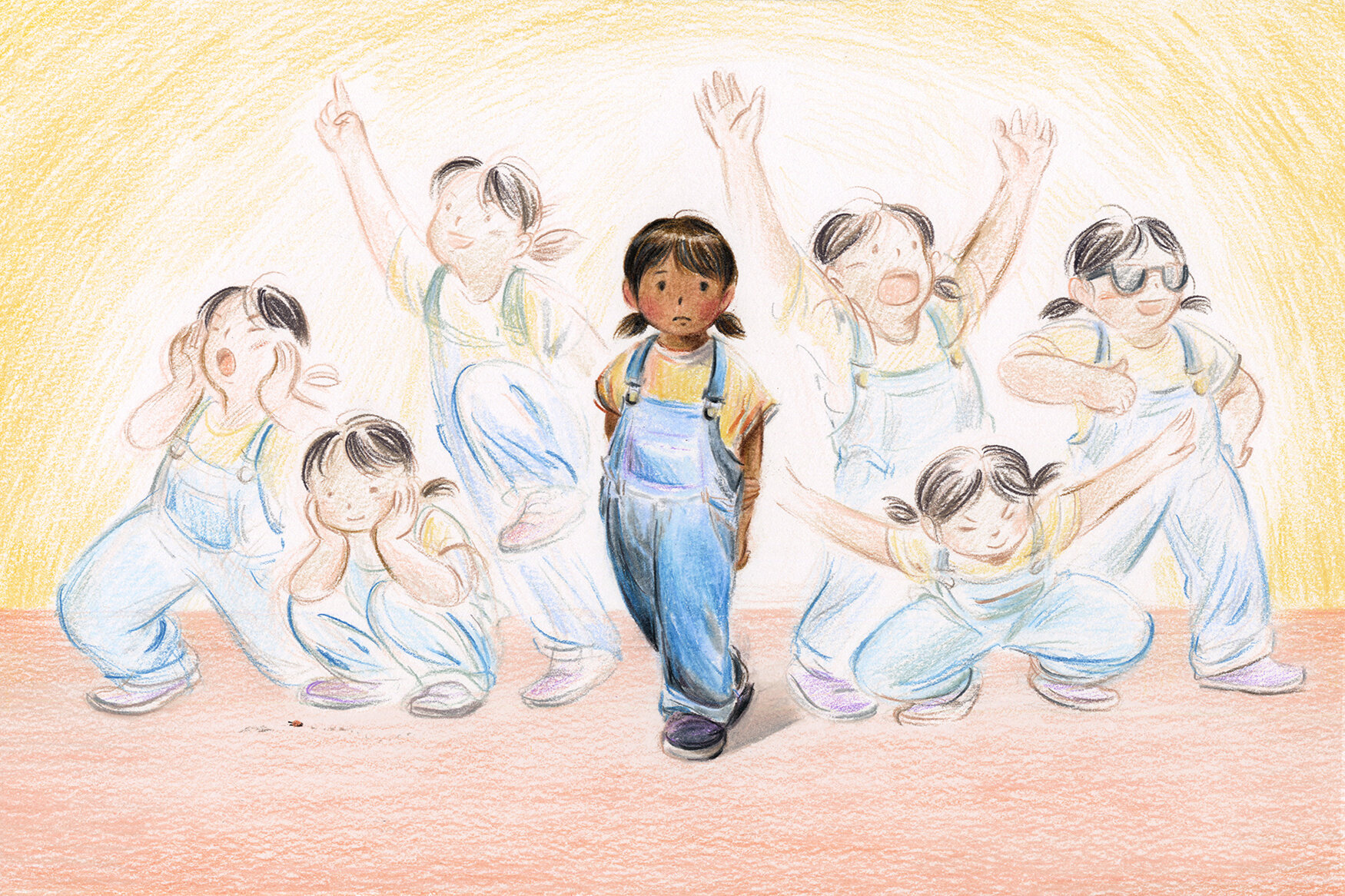Anxiety disorders differ from fear, as they are persistent: in fact, its diagnosis is based on the presence of the disorder for at least six months and provides that this felt anxiety is dissociated from certain drugs, substances or from certain conditions, such as medical ones.
It must therefore occur persistently and without a reasonable connection.
The DSM-5 reports the following disorders in the category “Anxiety Disorders” with their relative spread:
- Separation anxiety disorder: in children it is 4% while in adolescents it is 1.6%.
- Selective mutism: a percentage between 0.03 – 1% is reported.
- Specific phobia: in the USA it is 7 – 9%, in Europe around 6% while in Asian, African and
- Latin American countries it is 2 – 4%.
- Social anxiety disorder: in the US it is 7% while in Europe it is 2.3%.
- Panic Disorder: in the USA and some European countries it is 2.3% while in Asian,
- African and Latin American countries it is 0.1 – 0.8%.
- Agoraphobia: a percentage of 1.7% is confirmed.
- Generalized anxiety disorder: in the US it is 2.9% while in other countries it is 0.4 – 3.6%.
- Substance / drug induced anxiety disorder: the prevalence rate is 0.002%.
Separation anxiety disorder
This disorder is typical of childhood and causes excessive anxiety in the child, when he has to separate from a person very dear to him, often the attachment figure such as the mother.
This situation is certainly typical and, in a certain sense, normal in the first phase of life for each of us: but when does it become a disturbance? When the state of anxiety is inadequate to the level of development and appears for the first time in the first six years of life.
Selective mutism
This disorder is mostly present in childhood, but it can also be present in adulthood.
But what is meant by selective mutism?

This term indicates an anxiety disorder that prevents the subject from expressing himself through normal verbalization: the main characteristic is the constant inability to speak in situations in which the subject is expected to speak, also because this happens freely in other contexts considered familiar. .
Specific phobia
Phobia is an extreme, irrational and disproportionate fear of something that does not represent a real threat, but that the subject experiences as such, even if others confront it without particular psychological torments. People suffering from phobias are aware of the irrationality of their fear, but they cannot control it.
Obviously there are different types of phobias: we can distinguish them mainly in generalized phobias, such as agoraphobia, which are more disabling and in specific phobias that can be managed very well, especially by avoiding the feared stimuli.
Social anxiety disorder
Social anxiety disorder is a condition of marked discomfort and fear that an individual experiences in social situations because he is afraid of being judged by others or the fear of being embarrassed, ridiculous or incapable and being humiliated in front of others.
Summary
There are situations that, of course, create anxiety and this is normal although we can try in every way to avoid it.
The best strategy to try to deal with the anxiety we are experiencing and to rationalize it is to try to find solutions to the situation we are experiencing: for example, if work creates anxiety, a good way to manage it would be to fix some stakes, like this one. not to work on weekends or go for a run after work, to release this emotional state.
